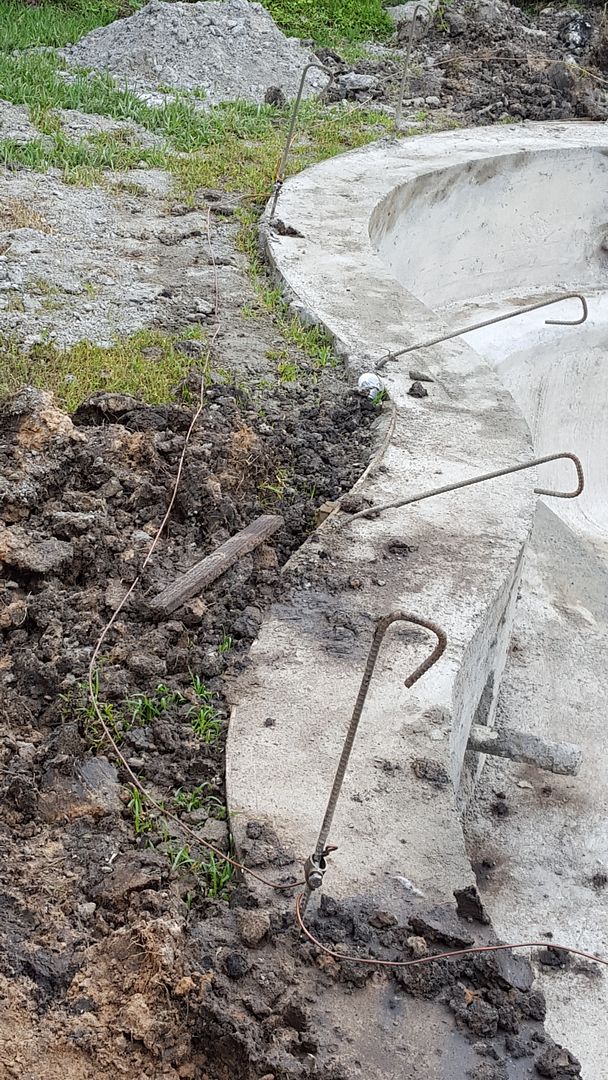- May 23, 2015
- 24,481
- Pool Size
- 16000
- Surface
- Plaster
- Chlorine
- Salt Water Generator
- SWG Type
- Pentair Intellichlor IC-60
Will you explain why because I'm trying to understand. If the bond wire and clamps are buried in the gunite, how is the deck tied in? Our electrician came out prior to gunite and did rough electric (along with the plumber who stubbed plumbing), so it was not a case of saving a trip. We had to have a rough electric inspection and a final electric, so the city inspector (in a city where they can be picky) was fine with the way it was done.
I'm just curious as to what the issue would be.
If the wire is attached INSIDE the gunite shell, it is more secure and can not be tampered with in the future. If it's bonded OUTSIDE the shell in the area where coping/decking would be laid, then there's always the off chance that a future renovation project could sever the bonding loop or the rebar stubs could corrode away. It seems "nit-picky" and over-engineered but that's how a lot of municipal inspection regulations are, they want to avoid any chance of liability even if it is remote.
But it sounds like your PB is doing what is considered OK for your area.



